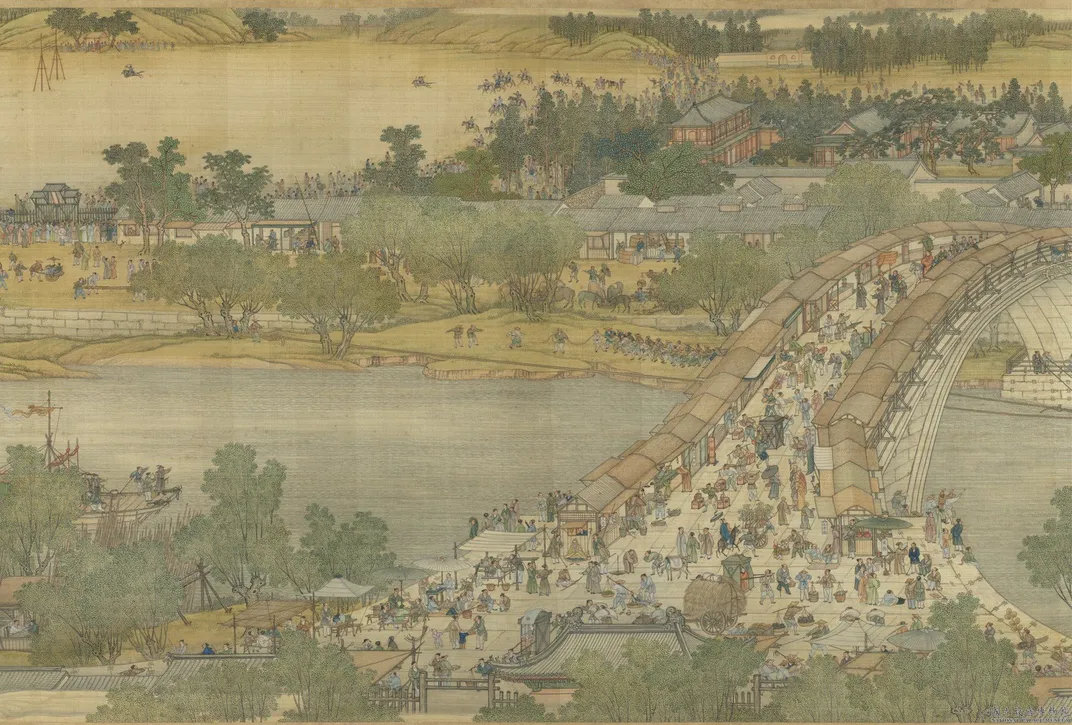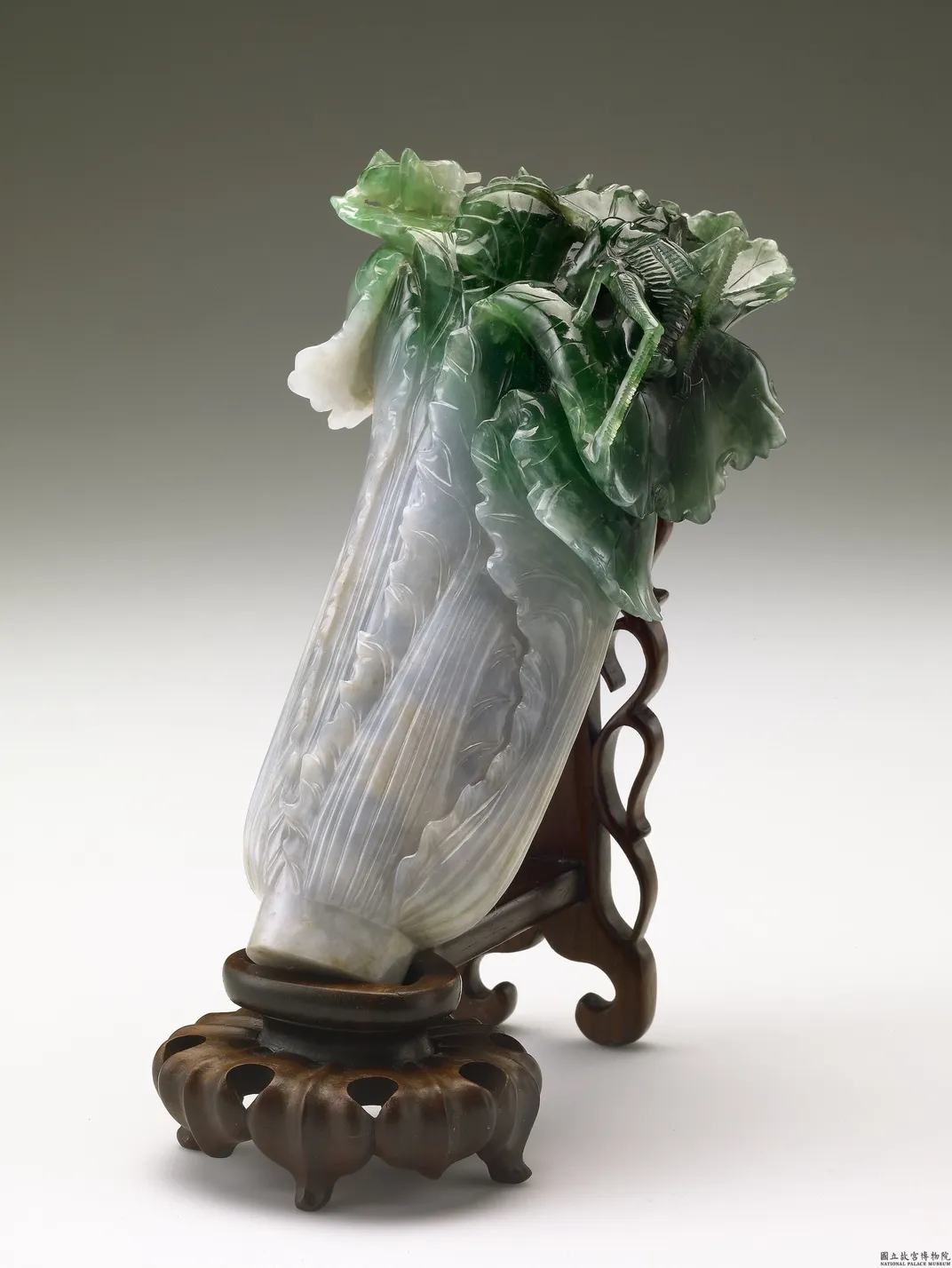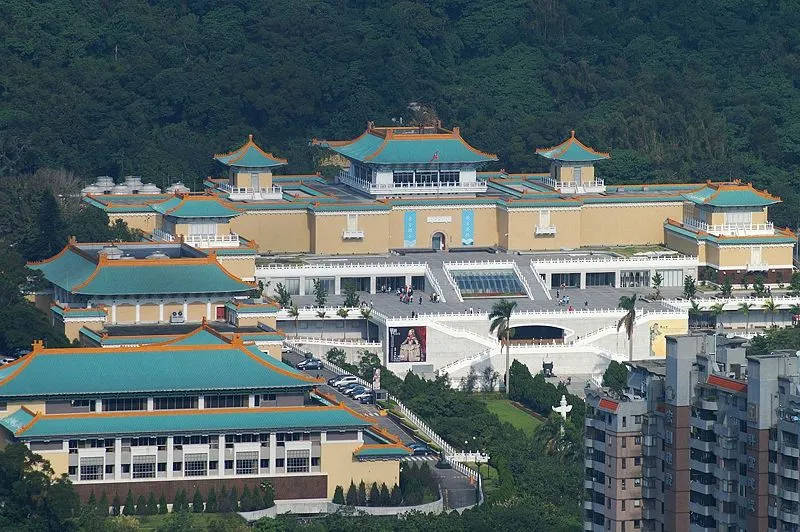This Taiwanese Museum Just Digitized Its Massive Collection of Chinese Art
70,000 images are available for download via the National Palace Museum’s website
In 1948, amidst the chaos of China's civil war, Nationalist forces evacuated thousands of priceless artifacts from Beijing to Taiwan. The preemptive decision proved timely: By the following year, Mao Zedong’s Communist Party had seized power. In lieu of this regime change, the evacuated collection never returned to its home country. Instead, the artifacts remained in Taiwan’s National Palace Museum.
Now, the Palace Museum, which houses one of the world’s largest collection of Chinese artifacts and artworks, is opening its (digital) doors to a new audience. BBC’s Kerry Allen reports that 70,000 high-resolution images of items ranging from paintings to antiquities are available in a new digital archive. It’s free to download the images, as well as accompanying background information about artifacts.
The Palace Museum isn’t the first institution to digitize its holdings. This February, the Metropolitan Museum of Art announced an Open Access policy that allows users free reign to “use, share and remix” more than 375,000 photographs of works in the Met collection. The National Gallery of Art in Washington, D.C., has a similar program. The Palace Museum, however, is the first to offer such an extensive library of Chinese art.
According to The Paper, a state-funded Chinese news site, museum officials plan to add 500 photographs to the database every year. While nothing matches the allure of seeing an ancient masterpiece in person, these web images offer several advantages over a visit to the physical museum: Online, there are no glass panels between viewers and objects, no lighting restrictions and no passersby jostling for a spot in front of a display case.
Much of the museum’s collection comes from the original Palace Museum in Beijing’s Forbidden City. Established in 1925, the museum housed remnants of imperial history, with most artifacts dating to the Song, Yuan, Ming and Qing dynasties. A.J. Samuels of Culture Trip writes that during the 1948 evacuation, 608,985 items were transported from Beijing to Taiwan. Since its official opening in 1965, the Palace Museum has expanded its holdings to more than 690,000 artifacts.
Collection highlights include the Jadeite Cabbage with Insects, a small piece of carved jadeite said to represent fertility, and Zhang Zeduan’s Along the River During the Qingming Festival, which Marc F. Wilson, a Chinese specialist and the director of the Nelson-Atkins Museum of Art in Kansas City, Missouri, describes to the New York Times as “China’s Mona Lisa."
/https://tf-cmsv2-smithsonianmag-media.s3.amazonaws.com/accounts/headshot/mellon.png)



/https://tf-cmsv2-smithsonianmag-media.s3.amazonaws.com/accounts/headshot/mellon.png)